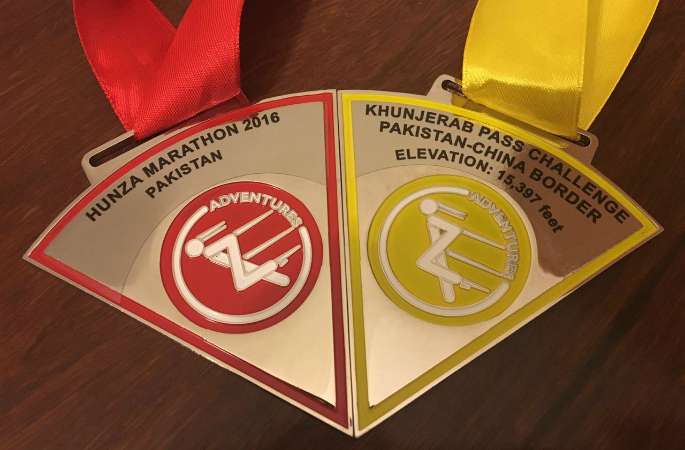Serena Hotels in collaboration with Aga Khan Social Welfare Board for Pakistan (AKSWBP), Pakistan Youth Outreach (PYO) & Z-Adventures is set to organize the Hunza Marathon on 9th June in Karimabad Hunza. The marathon is aimed to create awareness against substance abuse, a rising concern among young men in the region.
The marathon would be one of its kind with more than 20 international runners participating along with 200 other local and national enthusiasts. The event will start at 4:30 AM from Zero Point in Karimabad. The marathon has been divided into four distance based categories – 5K, 10K, Half Marathon and Full Marathon.
Ziyad Rahim, who is the key figure behind Hunza Marathon, holds 10 Guinness World Records. He is also the founder of a Qatar based sports travel company called Z-Adventures.

Earlier in June while talking to a news blog he said:
“It has always been my dream to organise a running event in Pakistan. A few years back during my 7 continents ultra-marathon challenge, on my way back from Antarctica, I met up with Mirza Ali and Samina Baig in Chile.”
“They both had just returned from Antarctica after summiting Mt. Vinson Massif. Since they were based in Hunza, I asked them if it would be possible to arrange an event and they both agreed.”
He added:
“I am looking forward to seeing everyone enjoy themselves and embrace this new sport. It is a sport that does not require any major investment.”
“So whether you are young or old, rich or poor, all can be part of the event and can run, walk or even crawl to the finish line.”
The second phase of Hunza Marathon will be held on 10th June down the hill from Khunjerab Pass at the PAK-China border.
The 10K race will start at a height of 15,400ft above sea level which is why it is only meant for pro-runners.
Ziyad Rahim hopes to continue the campaign under the banner of Pakistan Running Series which has been established by Z-Adventures.


Leave a Comment